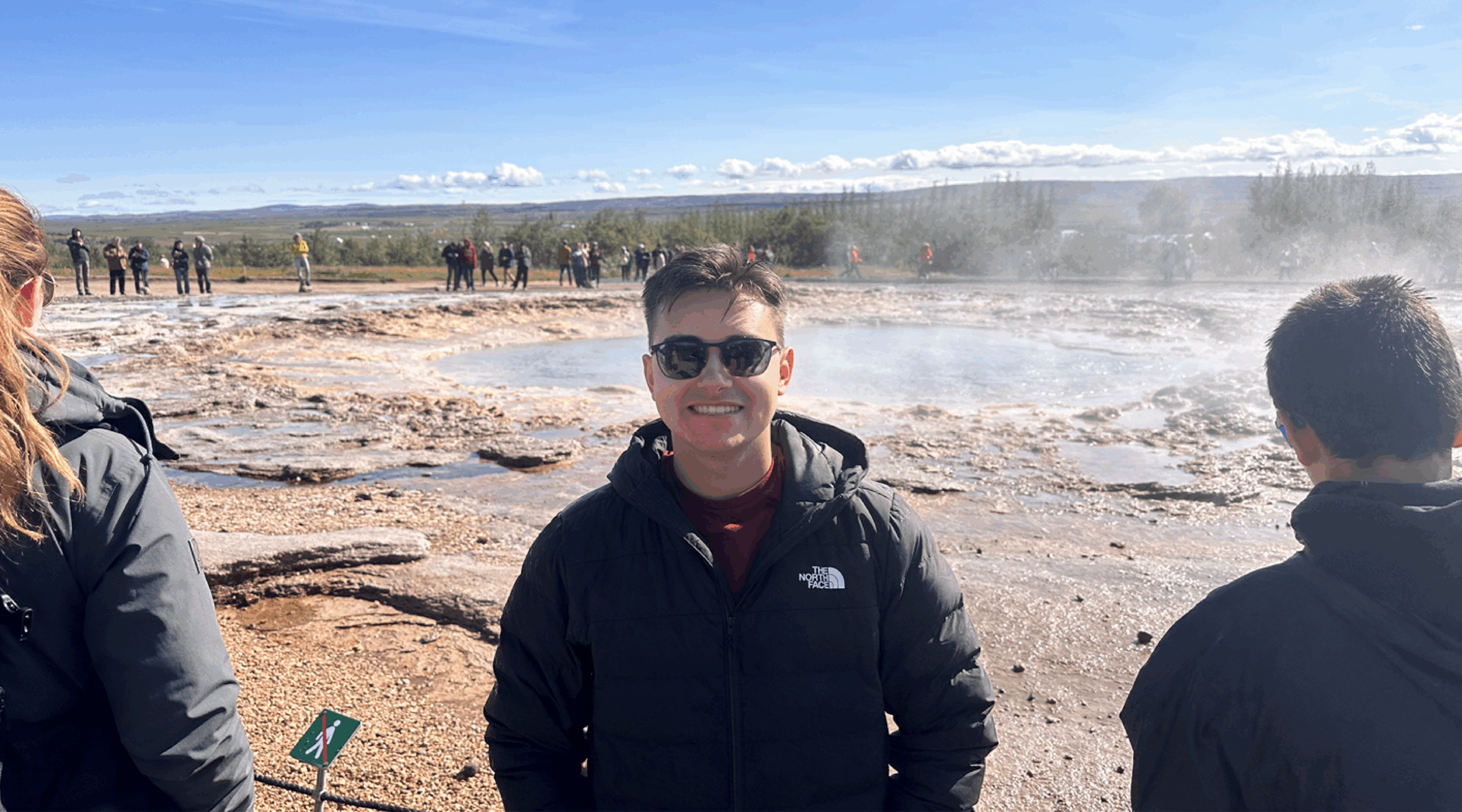September 2020 marks another year for MS4 permitting in New Hampshire. Since MS4 rules were updated in 2017, we have continued to help communities regulate their stormwater discharges to meet these new requirements. This month on the MS4 timeline, communities should be aware that Second Annual Reports are due.
First, let’s back-track and recall that MS4 permitting refers to regulations in place to manage stormwater in a community. Stormwater outfalls from an MS4 area must be located, mapped, and assigned a unique identification number. Then, inspections and condition assessments must be completed for each outfall based on priority ranking. We have a detailed post about what happens if you observe flow during dry weather and different outfall rankings based on testing samples. We also identified a timeline following the initial mapping, focusing on what happens after the first annual report. With September’s deadline quickly approaching, here is what communities can expect with the next steps.
The Second Annual Report
Communities should be submitting their second annual reports to EPA by September 28, 2020.
EPA has provided a partially filled-in report template to permitees; EPA has provided a partially filled-in report template to permitees; however, the New Hampshire stormwater coalitions have modified the template to be more user-friendly. The updated template can be found as part of the Coalition blog site here: NH Stormwater Coalition Annual Report for Year 2 Template.
We have worked with a half dozen small communities in New Hampshire to prepare them for their annual reports. In some communities, this means we mapped, visited, and screened their outfalls, and provided training. For others, we helped coordinate stormwater team meetings and activities, or just provided reassurance. After working with several communities, we’ve found that the same hurdles present themselves and have gathered a few tips to help the process move smoothly:
- Do not omit information. When filling out the second annual report, be sure to take credit for everything that had progress between July 1, 2019 and June 30, 2020.
- Take time now to review the requirements for the next report. Some required activities or tasks are more easily performed during specific times of the year; now is a good time to plan how to keep up with your Stormwater Management Program activities.
- Be conscious of the timeframe. Any efforts begun, but not completed in the Year 2 timeframe, cannot be marked complete. Any progress should be mentioned in the comments section.
What Next?
The most important thing to keep in mind is that as each year of the permit term passes, the stringency of the requirements increases. There is no time for rest or relaxation – pull out that Stormwater Management Program and see what elements (written program updates, outfall screenings, training, regulatory review and updates, stormwater management device Inspection, etc.) are required to be completed when the complete outfall ranking (based on dry-weather samplings) is due – June 30, 2021. Reviewing the required elements ahead of time will help with early coordination of next year’s report.
Not every MS4 community will encounter the same challenges. Meeting these deadlines and documenting all stormwater sources can be time consuming and difficult. Our stormwater experts are here to help and are fully prepared to help with unique challenges and stormwater setbacks. Reach out to our experts Heidi Marshall, PE or Michael Trainque, PE with stormwater inquiries!
*This post was co-written by Catie Hall, marketing coordinator. MS4 Expert Michael Trainque, PE also contributed to this post.










